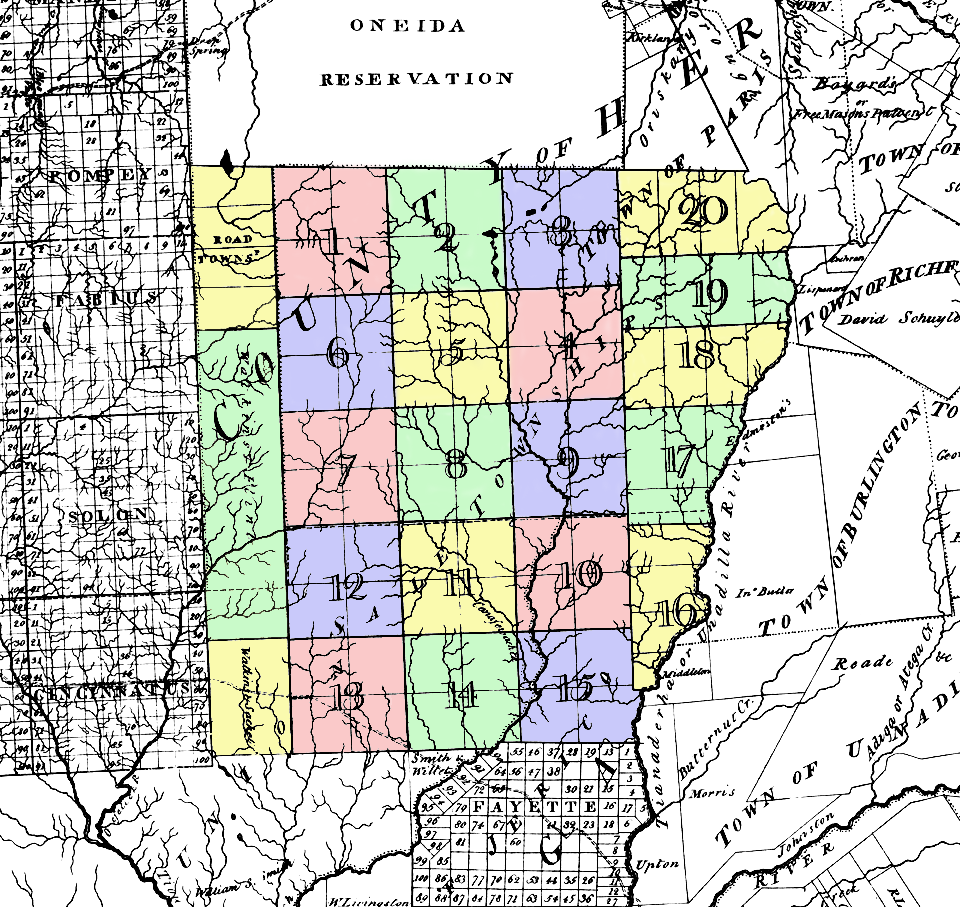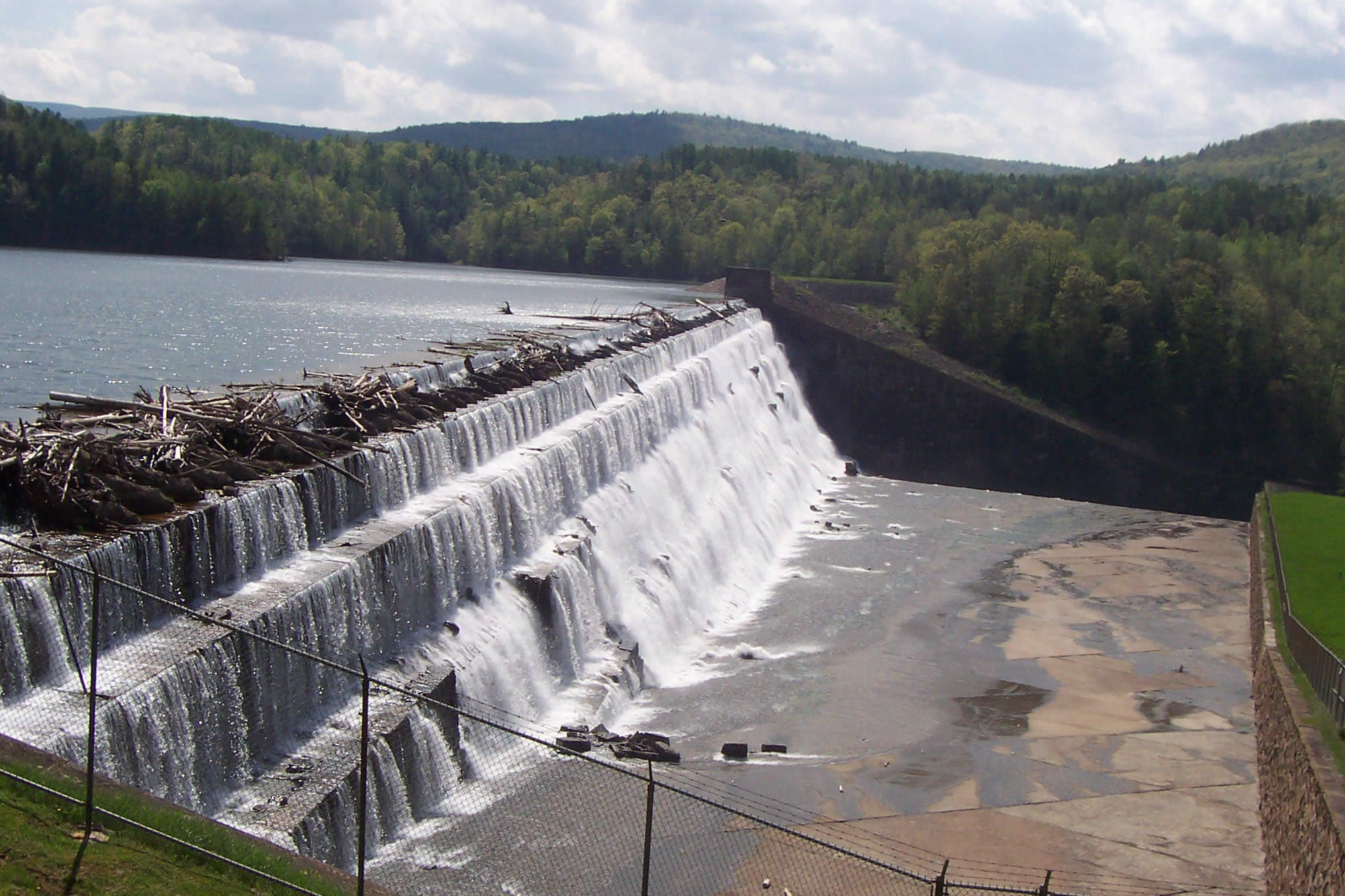|
Panther Mountain Formation
The Panther Mountain Formation is a geologic formation in New York. It preserves fossils dating back to the Devonian period. It is located in the counties of Albany, Madison, Oneida, Otsego, and Schoharie. It is well known for its fossil arthropods preserved as flattened cuticles, including '' Attercopus'' and '' Dracochela''. See also * List of fossiliferous stratigraphic units in New York This article contains a list of fossil-bearing stratigraphic units in the state of New York, U.S. Sites See also * Paleontology in New York References * {{DEFAULTSORT:Fossiliferous stratigraphic units in New York New York Stratigrap ... References Devonian geology of New York (state) Devonian System of North America Givetian Stage Devonian southern paleotemperate deposits {{NewYork-geologic-formation-stub ... [...More Info...] [...Related Items...] OR: [Wikipedia] [Google] [Baidu] |
Formation (stratigraphy)
A geological formation, or simply formation, is a body of rock having a consistent set of physical characteristics (lithology) that distinguishes it from adjacent bodies of rock, and which occupies a particular position in the layers of rock exposed in a geographical region (the stratigraphic column). It is the fundamental unit of lithostratigraphy, the study of strata or rock layers. A formation must be large enough that it can be mapped at the surface or traced in the subsurface. Formations are otherwise not defined by the thickness (geology), thickness of their rock strata, which can vary widely. They are usually, but not universally, tabular in form. They may consist of a single lithology (rock type), or of alternating beds of two or more lithologies, or even a heterogeneous mixture of lithologies, so long as this distinguishes them from adjacent bodies of rock. The concept of a geologic formation goes back to the beginnings of modern scientific geology. The term was used by ... [...More Info...] [...Related Items...] OR: [Wikipedia] [Google] [Baidu] |
Madison County, New York
Madison County is a county located in the U.S. state of New York. As of the 2020 census, the population was 68,016. Its county seat is Wampsville. The county is named after James Madison, the fourth president of the United States, and was first formed in 1806. Madison County is part of the Syracuse metropolitan area. History Indigenous peoples had occupied areas around Oneida Lake for thousands of years. The historic Oneida Nation is an Iroquoian-speaking people who emerged as a culture in this area about the fourteenth century and dominated the territory. They are one of the Five Nations who originally comprised the Iroquois Confederacy or ''Haudenosaunee''. English colonists established counties in eastern present-day New York State in 1683; at the time, the territory of the present Madison County was considered part of Albany County, with the city of Albany located on the Hudson River. This was an enormous county, including the northern part of New York State around ... [...More Info...] [...Related Items...] OR: [Wikipedia] [Google] [Baidu] |
Devonian System Of North America
The Devonian ( ) is a geologic period and system of the Paleozoic era, spanning 60.3 million years from the end of the Silurian, million years ago (Mya), to the beginning of the Carboniferous, Mya. It is named after Devon, England, where rocks from this period were first studied. The first significant adaptive radiation of life on dry land occurred during the Devonian. Free-sporing vascular plants began to spread across dry land, forming extensive forests which covered the continents. By the middle of the Devonian, several groups of plants had evolved leaves and true roots, and by the end of the period the first seed-bearing plants appeared. The arthropod groups of myriapods, arachnids and hexapods also became well-established early in this period, after starting their expansion to land at least from the Ordovician period. Fish reached substantial diversity during this time, leading the Devonian to often be dubbed the Age of Fishes. The placoderms began dominating ... [...More Info...] [...Related Items...] OR: [Wikipedia] [Google] [Baidu] |
Devonian Geology Of New York (state)
The Devonian ( ) is a geologic period and system of the Paleozoic era, spanning 60.3 million years from the end of the Silurian, million years ago (Mya), to the beginning of the Carboniferous, Mya. It is named after Devon, England, where rocks from this period were first studied. The first significant adaptive radiation of life on dry land occurred during the Devonian. Free-sporing vascular plants began to spread across dry land, forming extensive forests which covered the continents. By the middle of the Devonian, several groups of plants had evolved leaves and true roots, and by the end of the period the first seed-bearing plants appeared. The arthropod groups of myriapods, arachnids and hexapods also became well-established early in this period, after starting their expansion to land at least from the Ordovician period. Fish reached substantial diversity during this time, leading the Devonian to often be dubbed the Age of Fishes. The placoderms began dominating ... [...More Info...] [...Related Items...] OR: [Wikipedia] [Google] [Baidu] |
List Of Fossiliferous Stratigraphic Units In New York
This article contains a list of fossil-bearing stratigraphic units in the state of New York, U.S. Sites See also * Paleontology in New York References * {{DEFAULTSORT:Fossiliferous stratigraphic units in New York New York Stratigraphic units A stratigraphic unit is a volume of Rock (geology), rock of identifiable origin and relative age range that is defined by the distinctive and dominant, easily mapped and recognizable petrology, petrographic, lithology, lithologic or paleontology, p ... Stratigraphy of New York (state) New York (state) geography-related lists United States geology-related lists ... [...More Info...] [...Related Items...] OR: [Wikipedia] [Google] [Baidu] |
Binghamton University
The State University of New York at Binghamton (Binghamton University or SUNY Binghamton) is a public university, public research university with campuses in Binghamton, New York, Binghamton, Vestal, New York, Vestal, and Johnson City, New York. It is one of the four university centers in the State University of New York (SUNY) system. As of Fall 2020, 18,128 undergraduate and graduate students attended the university. Since its establishment in 1946, the school has evolved from a small liberal arts college to a large research university. It is Carnegie Classification of Institutions of Higher Education, classified among "R1: Doctoral Universities – Very high research activity". Binghamton's athletic teams are the Binghamton Bearcats, Bearcats and they compete in NCAA Division I, Division I of the National Collegiate Athletic Association (NCAA). The Bearcats are members of the America East Conference. History Establishment Binghamton University was established in 1946 ... [...More Info...] [...Related Items...] OR: [Wikipedia] [Google] [Baidu] |
Dracochela
''Dracochela'' is an extinct genus of fossil stem group pseudoscorpions, containing the single species ''Dracochela deprehendor''. It is known from cuticle fragments of nymphs found in the mid-Devonian ( Givetian– Eifelian) Panther Mountain Formation The Panther Mountain Formation is a geologic formation in New York. It preserves fossils dating back to the Devonian period. It is located in the counties of Albany, Madison, Oneida, Otsego, and Schoharie. It is well known for its fossil ... of New York State. ''Dracochela'' signifies 'dragon claw". References * (1991): The first Paleozoic pseudoscorpions (Arachnida, Pseudoscorpionida). ''American Museum Novitates'' 3009AbstractPDF * Judson, Mark L.I. (2012). "Reinterpretation of ''Dracochela deprehendor'' (Arachnida: Pseudoscorpiones) as a stem-group pseudoscorpion" ''Palaeontology'', 55.2 (March 2012) pages 261–283, redescribes the type material and an addition palpal fragment. Pseudoscorpion genera Prehist ... [...More Info...] [...Related Items...] OR: [Wikipedia] [Google] [Baidu] |
Attercopus
''Attercopus'' is an extinct genus of arachnids, containing one species ''Attercopus fimbriunguis'', known from flattened cuticle fossils from the Panther Mountain Formation in Upstate New York. It is placed in the extinct order Uraraneida, spider-like animals able to produce silk, but which lacked true spinnerets and retained a segmented abdomen bearing a flagellum-like tail resembling that of a whip scorpion. They are thought to be close to the origins of spiders. Its name is taken from the English dialect word ''attercop'' ("spider"), which came from '' ang, attorcoppa'' ("poison-head"), from '' ang, ator'' ("poison"), itself drawn from the Proto-Germanic ''*aitra-'' ("poisonous ulcer") and ''kopp-'' ("head"). An important Early Devonian (about ) fossil example from Gilboa, New York, was originally described as a member of the extinct order Trigonotarbida and named ''Gelasinotarbus? fimbriunguis''. It was later assigned to a new genus ''Attercopus'' and reinterpreted as t ... [...More Info...] [...Related Items...] OR: [Wikipedia] [Google] [Baidu] |
Schoharie County, New York
Schoharie County ( ) is a county in the U.S. state of New York. As of the 2020 census, the population was 29,714, making it the state's fifth-least populous county. The county seat is Schoharie. "Schoharie" comes from a Mohawk word meaning "floating driftwood." Schoharie County is part of the Albany-Schenectady-Troy, NY Metropolitan Statistical Area. History The large territory of the county (much of upstate and western New York) was long occupied by the Mohawk Nation and, to the west, the other four tribes of the Haudenosaunee Confederacy (increased to six with the migration of the Tuscarora from the South to New York in 1722). After European colonization of the Northeast started, the Mohawk had a lucrative fur trade with the French coming down from Canada, as well as the early Dutch colonists, and later British and German colonists. Some Palatine Germans, who worked in camps on the Hudson to pay off their passage in 1710, later settled in this county in the 1720s and 30 ... [...More Info...] [...Related Items...] OR: [Wikipedia] [Google] [Baidu] |
Otsego County, New York
Otsego County is a county in the U.S. state of New York. As of the 2020 census, the population was 58,524. The county seat is Cooperstown. The name ''Otsego'' is from a Mohawk or Oneida word meaning "place of the rock." History In 1789, Ontario County was split off from Montgomery. The area split off from Montgomery County was much larger than the present county, as it included the present Allegany, Cattaraugus, Chautauqua, Erie, Genesee, Livingston, Monroe, Niagara, Orleans, Steuben, Wyoming, Yates, and part of Schuyler and Wayne counties. Formation Otsego County was one of three early counties split off from Montgomery (the other two being Herkimer and Tioga) after the American Revolutionary War. Otsego County was officially established on February 16, 1791, with Cooperstown as its county seat. The original county consisted of three large townships: * Cherry Valley in the northeast, * Otsego in the northwest, and * Harpersfield in the south. Otsego a ... [...More Info...] [...Related Items...] OR: [Wikipedia] [Google] [Baidu] |
Oneida County, New York
Oneida County is a county in the state of New York, United States. As of the 2020 census, the population was 232,125. The county seat is Utica. The name is in honor of the Oneida, one of the Five Nations of the Iroquois League or ''Haudenosaunee'', which had long occupied this territory at the time of European encounter and colonization. The federally recognized Oneida Indian Nation has had a reservation in the region since the late 18th century, after the American Revolutionary War. Oneida County is part of the Utica–Rome, NY Metropolitan Statistical Area. History When England established colonial counties in the Province of New York in 1683, the territory of present Oneida County was included in a very large, mostly undeveloped Albany County. This county included the northern part of present-day New York State as well as all of the present state of Vermont and, in theory, extended westward to the Pacific Ocean. This county was reduced in size on July 3, 1766, to cr ... [...More Info...] [...Related Items...] OR: [Wikipedia] [Google] [Baidu] |
Albany County, New York
Albany County ( ) is a county in the state of New York, United States. Its northern border is formed by the Mohawk River, at its confluence with the Hudson River, which is to the east. As of the 2020 United States Census, the population was 314,848. The county seat and largest city is Albany, which is also the state capital of New York. As originally established by the English government in the colonial era, Albany County had an indefinite amount of land, but has had an area of since March 3, 1888. The county is named for the Duke of York and of Albany, who became James II of England (James VII of Scotland). Albany County constitutes the central core of the Capital District of New York State, which comprises the Albany-Schenectady-Troy, NY Metropolitan Statistical Area. History Colonial After England took control of the colony of New Netherland from the Dutch, Albany County was created on November 1, 1683, by New York Governor Thomas Dongan, and confirmed on October 1, ... [...More Info...] [...Related Items...] OR: [Wikipedia] [Google] [Baidu] |




